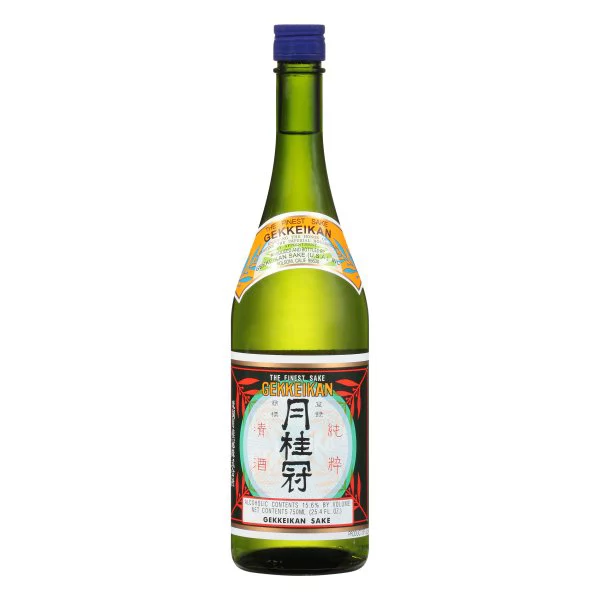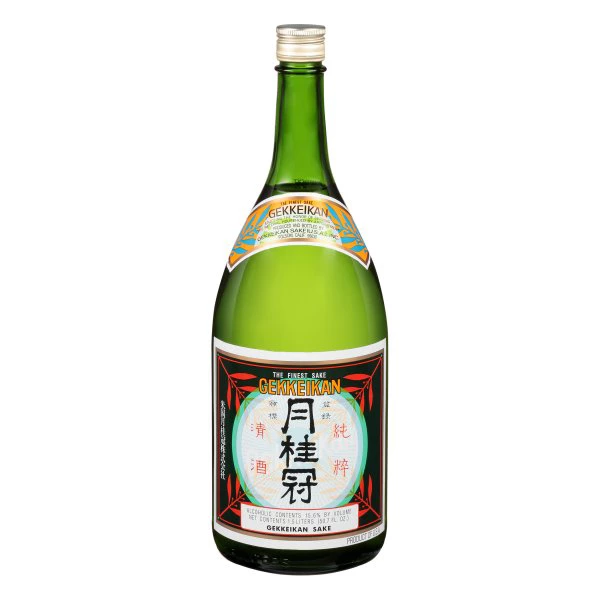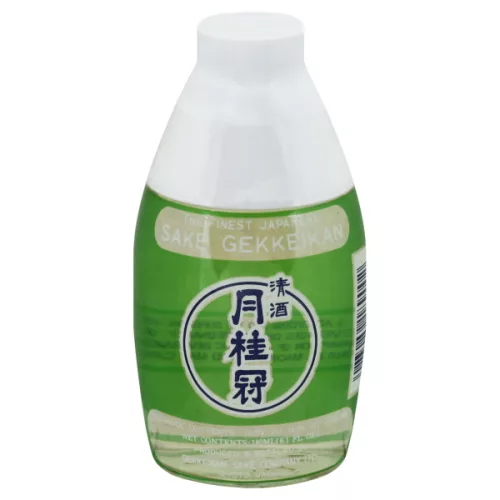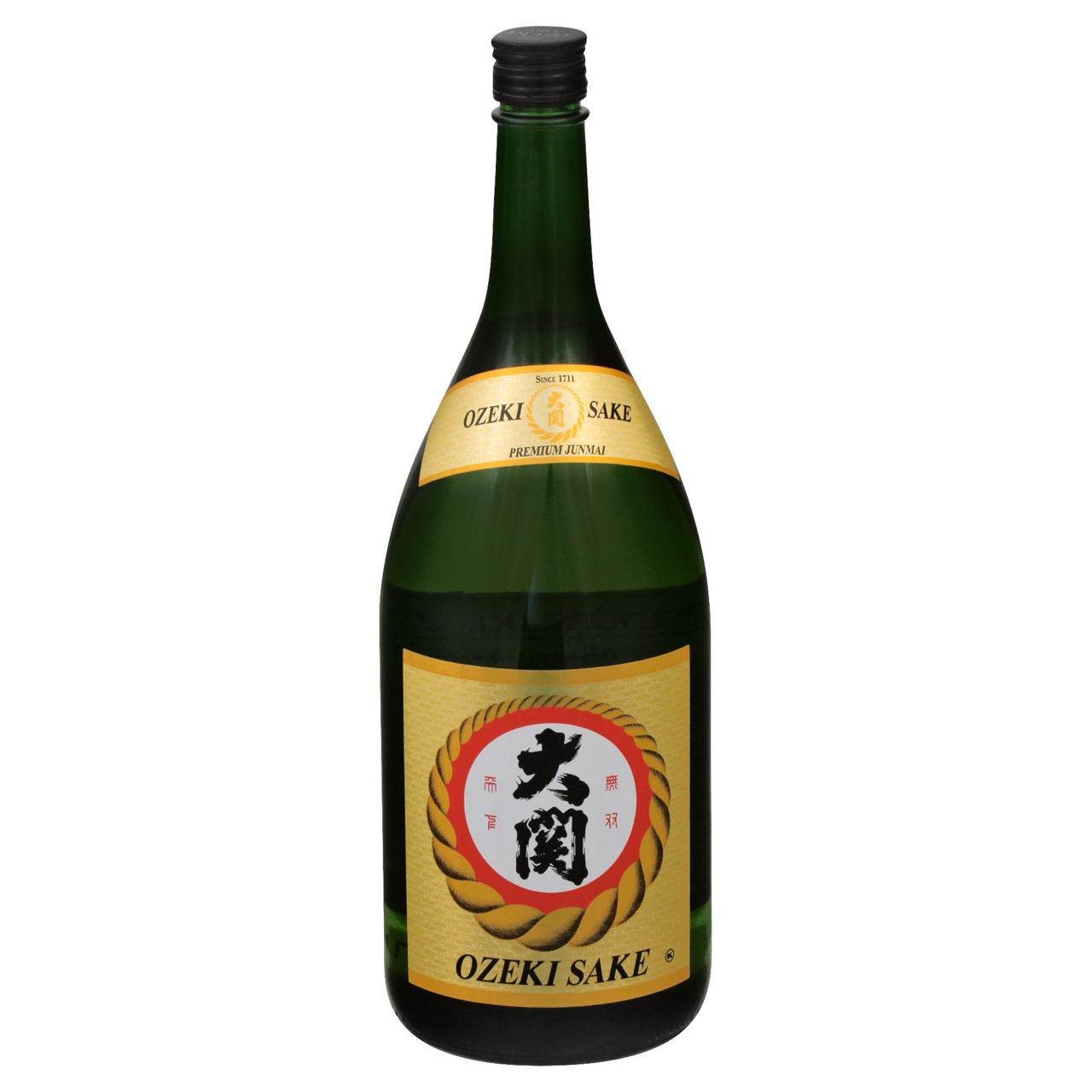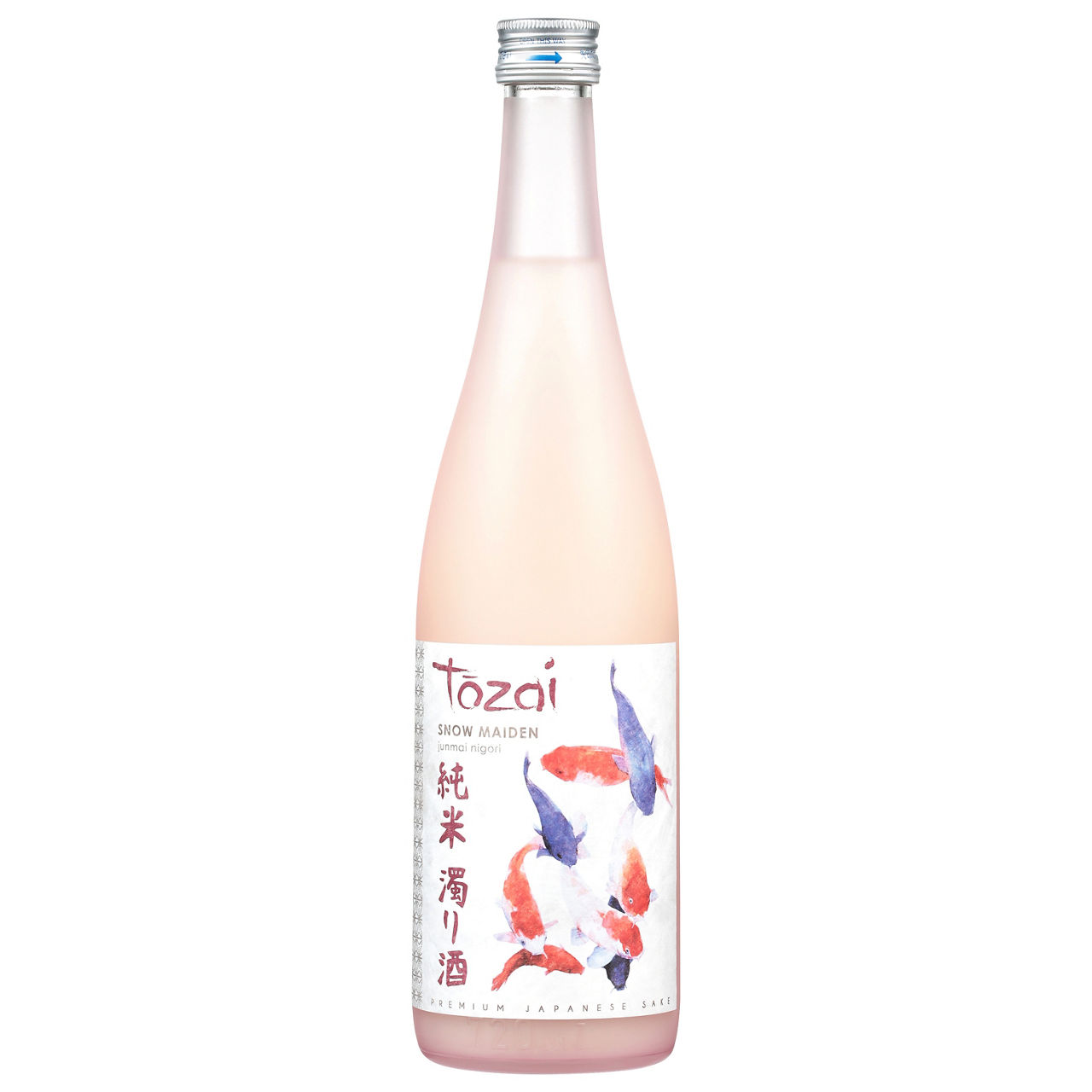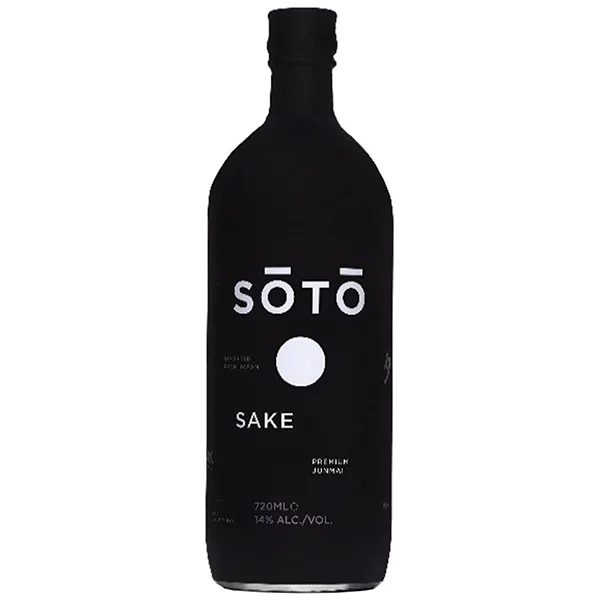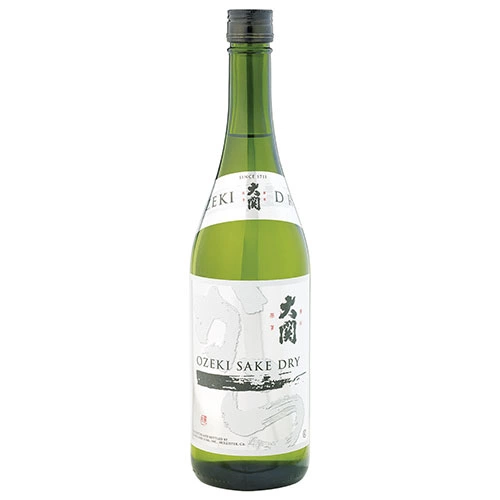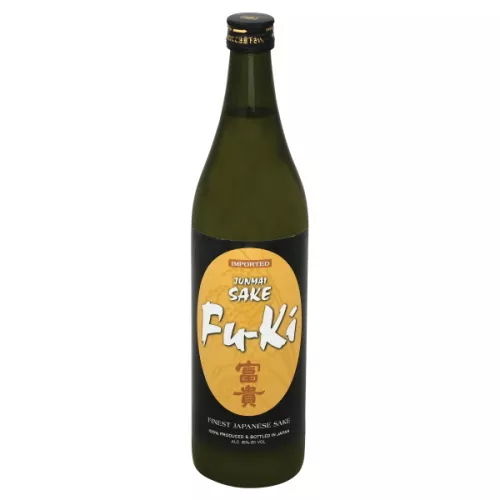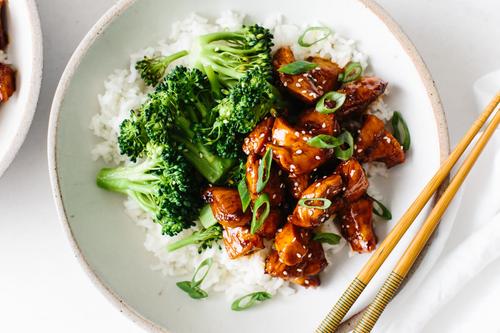BEVERAGES
Sake
Sake, also known as Japanese rice wine, is an alcoholic beverage made from fermented rice. It is a traditional and popular drink in Japan, typically enjoyed during social gatherings, ceremonies, and celebratory events. Sake can be served chilled, at room temperature, or heated, depending on the type of sake and individual preferences.
There is a wide variety of sake available, varying in flavor, aroma, and quality—ranging from inexpensive to premium grades. When it comes to pairing with food, sake complements Japanese cuisine particularly well, but its versatility also makes it suitable for dishes from other culinary traditions.
91%
CARBS
0%
FAT
9%
PROTEIN
413 Sake Products
Used In 13 Recipes
1
Soul-Warming Chicken Ramen
1
Yaki Onigiri with Flavorful Shiitake
5
Stove-top Sweet & Savory Pork Ramen
1
Easy Golden Karaage Chicken
4
Savory Chicken Ramen Bowl
5
Sesame-Glazed Chicken Yakitori
4
Instant Pot Delight: Sweet and Savory Pork Ramen
60
Most Delicious Teriyaki Chicken
Sake Is Frequently Used With
Sake FAQ
Cooking with sake can be a little intimidating for those who are not familiar with the beverage. The most common questions when cooking with sake revolve around substitution, the difference between cooking sake and drinking sake, and how much the alcohol content affects the dish. People often go wrong while substitifying it with similar ingredients, as it has a unique sweet and umami flavor, difficult to replicate exactly. To get the most out of sake in cooking, it's best used in marinades, sauces, or deglazing the pan to bring out a nice acidity and depth to dishes. Sake can also be used as a tenderizer for meats. A little-known tip is to use sake for steamed dishes to remove undesirable smells and to bring out the savory goodness.
Remember to allow the alcohol from the sake to cook off, ensuring that you don't have an alcohol-heavy taste in the dish. Lastly, though cooking sake and drinking sake are different, they can be interchanged in a pinch. Drinking sake tends to be of higher quality and can enhance your dish, while cooking sake often has salt added, prolonging its shelf life and making it unsuitable for drinking.
Can you replace sake with something else in a recipe?
What's the difference between cooking sake and drinking sake?
Does all the alcohol evaporate when cooking with sake?
Can sake be used for marinades?
Will sake overpower the flavor of my dish?
Does sake need to be refrigerated after opening?
Can I use sake in desserts?
Is sake gluten-free?
What does 'junmai' mean on a sake label?
Is sake considered a wine or a beer?
Expiration & Storage Tips
When does sake expire?
Unopened sake has a shelf-life of about one year if stored in cool, dark place away from direct sunlight and heat. The date printed on the bottle is the 'best by' date rather than an 'expiration' date, so it's safe to drink after this date, but the quality may not be as high. Once opened, sake should ideally be drunk within a couple of days, unless it’s a high-quality sake that can last up to a week in the fridge. Frozen sake can last indefinitely, but its quality will start to deteriorate after about a year.
How do you tell if sake is bad?
Check the color of the sake. If it has turned yellow or brown, it may have oxidized and won't taste as good. Also, give it a sniff. Bad sake may have a strong, off-putting smell. If the sake looks fine but tastes strange or unpleasant, it's better to discard it.
Tips for storing sake to extend shelf life
• Keep unopened bottles of sake in a cool, dark place, like a cellar or pantry. Avoid exposure to heat and direct sunlight.
• Once opened, sake should be kept in the fridge and consumed within a few days to a week.
• To freeze sake, pour it into a clean, freezer-safe container, leaving some space at the top for the liquid to expand. When you're ready to use it, move it to the fridge to thaw overnight.
• Keep sake bottles upright. This limits the surface area exposed to air and slows down the oxidation process. Additionally, this prevents the cork (if there is one) from drying out and crumbling into the drink.
EXPIRES WITHIN
27 - 27.4
YEARS
Substitutes

White Cooking Wine

Rice Wine

Mirin

Shaoxing Wine

Dry Sherry

Chardonnay White Wine

Vermouth

Pinot Grigio White Wine

Riesling White Wine

Albarino White Wine
See All
Health Info
Macros
7g
CARBS
0g
FAT
0g
PROTEIN
Allowed on these diets
LOW FAT
HIGH CALCIUM
VEGETARIAN
KETO
MEDITERRANEAN
LOW CARB
VEGAN
LACTOSE FREE
GLUTEN FREE

